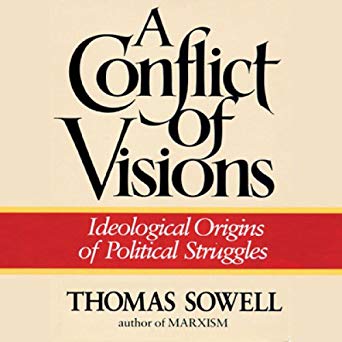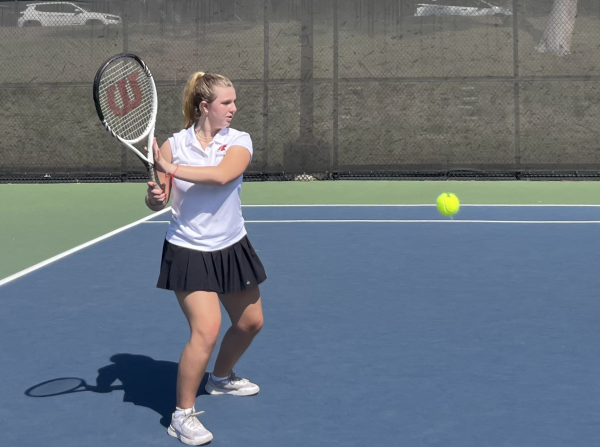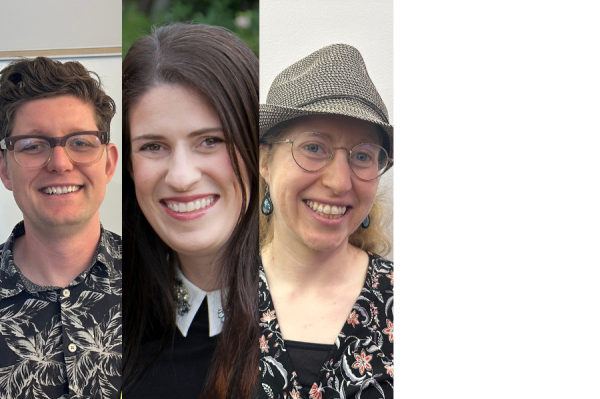A guide that could make a difference in creating respectful discourse
October 26, 2018
By Nomi Willis, Opinion Editor
 As the nation becomes increasingly divided by differing political opinions, Shalhevet is following suit — despite its aspirations to be an open and loving community. Many students feel alienated from one another because of their views or are afraid to share them at all. We’ve discussed this divide in Town Hall, have read Op-Eds about it in the Boiling Point, and have deviated from class lesson plans talking about how to change the culture.
As the nation becomes increasingly divided by differing political opinions, Shalhevet is following suit — despite its aspirations to be an open and loving community. Many students feel alienated from one another because of their views or are afraid to share them at all. We’ve discussed this divide in Town Hall, have read Op-Eds about it in the Boiling Point, and have deviated from class lesson plans talking about how to change the culture.
But is acknowledging and discussing going to solve this problem? Will simply talking about our intolerance towards those with differing opinions and political views be enough to change behavior? I don’t think so.
However, I do have an idea of where to start.
I recently read A Conflict of Visions, written in 1987 by Thomas Sowell and reprinted many times since then. It seeks to explain why people who agree on some subjects tend to also agree on others, even when the various issues are unrelated to one another. For example, why those who want to raise taxes on the rich also advocate for stricter gun control, and those who want lower taxes also believe all citizens have a right to bear arms. You could boil it down to the extent to which each group believes government should play a role in our lives. But Sowell goes farther than that.
Sowell divides people between two camps: those who believe that humans are limited in their potential and those who believe human potential is infinite. Such beliefs, he says are innate, and the closest you can get to a “gut feeling.” And he explains in detail how having these differing “visions,” as he calls them, bleeds into a person’s understanding of topics ranging from knowledge to justice.
While political opinions, which are usually thought through on an intellectual level, and “gut feelings” seem completely disconnected, Sowell applies his thesis in detail throughout the book. In doing so, the reader builds a true understanding of both sides— which is exactly what Shalhevet students need right now.
If we want to end polarization, every student at Shalhevet should read this book. It helped me see why those with opinions different from mine think the way they do, so I could stop villainizing them and instead understand that our approaches to processing issues in the world are — perhaps innately — different, and that’s okay.
In his opinion piece published in the Boiling Point last year, Asher Dauer described people shaking their heads disapprovingly when a classmate articulated views that they did not hold themselves. Instead of accepting that people simply see the world in different ways, these people immediately jumped to the conclusion that this classmate was somehow morally inferior. While not all of us translate our thoughts into gestures or head shakes, we are all guilty of seeing the other side as morally inferior at some point or another.
A Conflict of Visions showed that our visions of human nature directly affect our values, and when people take a side that seems reprehensible, foolish or cruel, they are simply prioritizing different values than we are. So are we: we may not realize it, but we are doing the same thing that our political opponents are doing in reaching our own conclusions.
The solution to the intolerance of other opinions is not just listening to your friend explain his or her stance on one issue. It is to understand why your friend has that view altogether.
Intolerance at Shalhevet is plaguing all of us, and we are all seeking a solution. Next time, before you complain about classmates not understanding your perspective and acting disrespectfully, I would urge you to pick up A Conflict of Visions, discover the bigger picture, and recognize that he or she is really no different from yourself.
CLICK HERE TO BUY THE BOOK ON AMAZON














